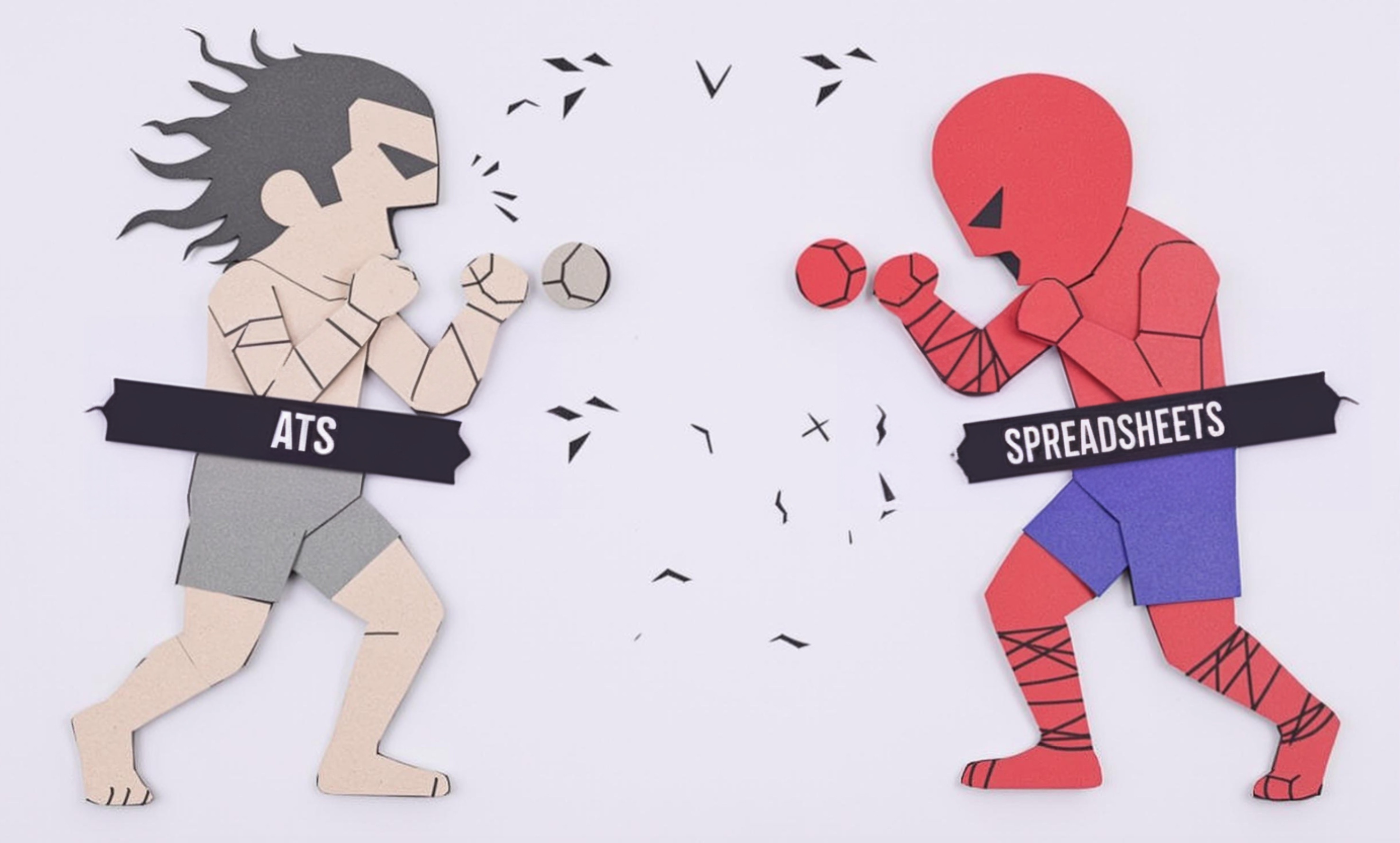
Skidding
Skidding is a common process in the logging industry where cut trees (logs) are moved from where they were cut to a location where they can be loaded onto trucks, called a landing. This can be done using special vehicles called skidders, or through other methods like cables or horses in some cases. It's one of the key steps in getting logs from the forest to the sawmill. Think of it like the middle step between cutting down trees and transporting them to their final destination - similar to how a forklift moves products in a warehouse to the loading dock.
Examples in Resumes
Operated Skidding equipment to transport 50+ logs daily in challenging terrain
Supervised Skidding operations for 3-person logging crew
Maintained safety protocols during Skidding and Log Dragging activities
Expert in both cable Skidding and wheeled Skidding techniques
Typical job title: "Skidder Operators"
Also try searching for:
Where to Find Skidder Operators
Professional Associations
Job Boards
Training Resources
Example Interview Questions
Senior Level Questions
Q: How do you handle equipment maintenance and troubleshooting on remote logging sites?
Expected Answer: A senior operator should discuss preventive maintenance schedules, ability to perform basic repairs, and decision-making process for when to call in mechanics versus handling issues themselves. They should also mention maintaining spare parts inventory and coordination with maintenance teams.
Q: How do you train new operators on skidding operations?
Expected Answer: Should explain their teaching approach, safety protocols, common mistakes to watch for, and how they assess operator readiness. Should mention gradual progression from simple to complex terrain and importance of communication.
Mid Level Questions
Q: What factors do you consider when planning skidding routes?
Expected Answer: Should discuss terrain evaluation, avoiding wet areas, minimizing environmental impact, choosing efficient paths, and considering safety factors like steep slopes and obstacles.
Q: How do you adjust your skidding technique in different weather conditions?
Expected Answer: Should explain how rain, snow, or dry conditions affect operations, necessary safety adjustments, and when to suspend operations due to weather.
Junior Level Questions
Q: What are the basic safety procedures for skidding operations?
Expected Answer: Should mention personal protective equipment, daily equipment checks, maintaining safe distances, communication protocols, and basic operational safety rules.
Q: Describe the basic process of skidding from start to finish.
Expected Answer: Should explain hooking up logs, dragging them safely to landing, unhooking, and returning for next load, including basic safety considerations.
Experience Level Indicators
Junior (0-2 years)
- Basic equipment operation
- Safety protocols
- Radio communication
- Basic maintenance checks
Mid (2-5 years)
- Efficient route planning
- Advanced equipment operation
- Weather impact assessment
- Basic repairs and maintenance
Senior (5+ years)
- Team supervision
- Complex terrain navigation
- Equipment troubleshooting
- Training and mentoring
Red Flags to Watch For
- No safety certification or training
- Lack of equipment maintenance knowledge
- Poor communication skills
- No experience with proper logging techniques
- Unfamiliarity with environmental regulations
Related Terms
Need more hiring wisdom? Check these out...

Recruitment in the Fast Lane: How to Adapt Hiring Practices in the Blink of an Eye

Why Your Hiring Spreadsheets Are Secretly Sabotaging Your Recruitment

Bad Hires Got You Down? 9 Unexpected Tactics to Turn Your Hiring Disasters Into Wins

